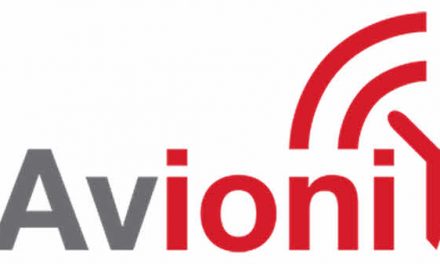Piper Owner Society, with guidance from association A&P Erich Rempert, posted their comments on the proposed AD No. FAA-2024-2142 (AD-2024-00033-A) with the FAA on November 1st. You can read the submitted comment below.
SUBJECT: Comments to the Notice of Proposed (NPRM), Docket No. FAA-2024-2142, Project Identifier AD-2024-00033-A
To Whom It May Concern:
As an organization representing owners of aircraft that would be affected by AD 2024-00033-A if approved, we stand in agreement with the comments that Piper Aircraft, Inc posted to the FAA on October 7, 2024.
1. The FAA rescinded prior rulemaking in 1989 for valid reasons that remain valid today.
2. The inspection data does not support the FAA’s assumptions and conclusions that resulted in an overly conservative inspection interval in the FAA’s proposed AD. The percentage of cracks in the fleet is less than half what it was in the past.
3. Data clearly suggests the cracks are the result of an operational issue related to usage, not an issue with the design or materials.
4. Failures are not likely when operating aircraft within POH limitations.
5. Hole damage (particularly from inspection) has a significant impact on fatigue life and can cause premature failure.
6. Acceptable analytic approaches for inspection have been rejected by the FAA.
7. The FAA chose to deviate from previous agreements on a path forward and mischaracterized the level of collaboration and agreement between Piper and the FAA.
8. The FAA’s Calculated Service Hours approach is overly complex and unnecessary in comparison to the method provided in Piper SB No. 1372.
9. Easier to follow solutions have been rejected by the FAA in favor of the more complicated.
10. The FAA has thus far been unwilling or unable to adequately substantiate its position and justification for issuance of this NPRM.
We stand with the recommendation of Piper Aircraft, Inc.: that the FAA reconsider their position as presented in Docket No. FAA-2024-2142, and similar to what occurred in 1989 when the FAA issued a similar NPRM which was later rescinded, or at a minimum align the current NPRM with the approach presented by Piper in SB No. 1372 and the upcoming revision.
Additionally, we as a community are concerned that repetitive inspections, and parts replacement based on anything other than the findings of inspections would be counterproductive and much more financially burdensome than projected.
Repeatedly assembling and disassembling tight tolerance fittings will ultimately render them to an unacceptable condition. Parts availability is a concern, as is cost to owners and operators. The assumed hourly labor rate is roughly half what is realistic, as are the estimated hours for accomplishment.
We believe the majority of owners regard this as a serious issue that warrants inspection to ensure a safe fleet long into the future, however we also fear overburdensome inspections and parts replacement requirements will cause affected aircraft to be economically unsupportable.
We view the FAA as a partner with which to promote aviation, keeping affected aircraft flying safely should be the primary objective in this rule making decision.
Respectfully,
Piper Owner Society



